This alphabetical list of peppers provides a comprehensive reference of common varieties, including Scoville heat units, flavor profiles, and culinary applications. Whether you're a home cook, chef, or gardening enthusiast, this guide helps you quickly identify and select the perfect pepper for your needs.
| Pepper Name | Scoville Units | Flavor Profile | Common Use |
|---|---|---|---|
| Anaheim | 500–2,500 | Mild, slightly sweet, grassy | Stuffed chiles, sauces, salsas |
| Banana | 0–500 | Sweet, mild, fruity | Pickling, frying, sandwiches |
| Bhut Jolokia (Ghost Pepper) | 855,000–1,041,427 | Smoky, earthy, intense burn | Extreme heat challenges, specialty sauces |
| Cayenne | 30,000–50,000 | Sharp, fiery, peppery | Sauces, marinades, hot powders |
| Chile de Árbol | 15,000–65,000 | Nutty, smoky, crisp bite | Salsas, soups, stir-fries |
| Cubanelle | 100–1,000 | Citrusy, light pepperiness | Caribbean cuisine, sautéed dishes |
| Datil | 100,000–300,000 | Fruity, bright, sharp heat | Florida-style stews, sauces |
| Fresno | 2,500–10,000 | Tangy, slightly smoky, juicy | Jalapeño substitute, grilled dishes |
| Habanero | 100,000–350,000 | Tropical fruit notes, floral undertones | Hot sauces, Caribbean dishes |
| Jalapeño | 2,500–8,000 | Grassier, green bell notes, moderate heat | Nachos, tacos, poppers |
| Poblano | 1,000–2,000 | Earthy, rich, complex flavor | Chiles rellenos, moles, soups |
| Serrano | 10,000–23,000 | Bright, tangy, crisp finish | Salsas, garnishes, pickling |
| Thai Bird's Eye | 50,000–100,000 | Herbal, citrusy, aggressive punch | Curries, pad thai, dipping sauces |
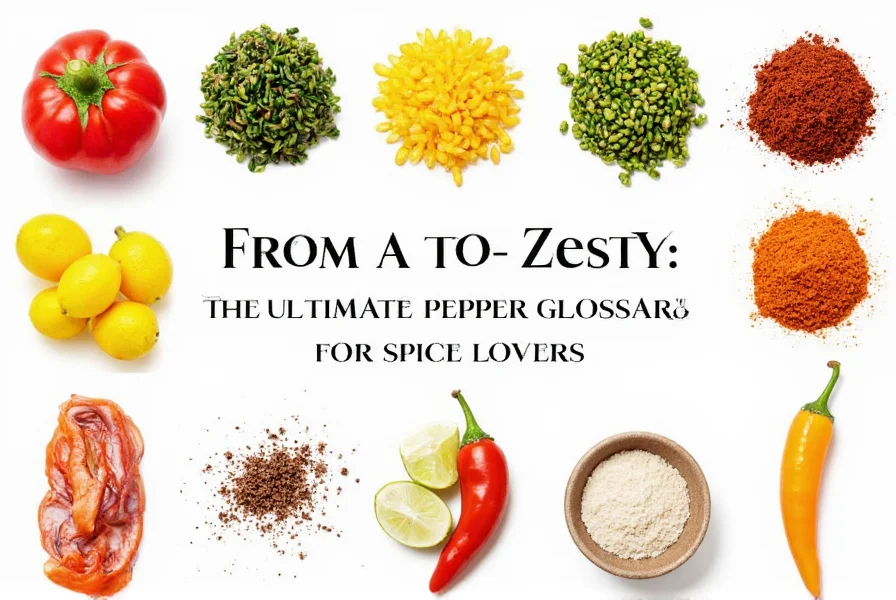
Buying Guide: How to Choose the Right Pepper
Shopping for peppers can feel like wandering through a rainbow of choices—but how do you pick the right one? Let's break it down:
Know Your Heat Tolerance
- Mild (<1,000 SHU): Banana, Poblano, Cubanelle
- Moderate (2,500–10,000 SHU): Jalapeño, Anaheim, Fresnos
- Hot (20,000–100,000 SHU): Serrano, Cayenne, Thai Bird's Eye
- Extreme (>100,000 SHU): Habanero, Ghost Pepper, Datil
Look for Quality
- Bright colors and firm skins are signs of freshness
- Avoid soft spots or wrinkled skin unless intentionally dried
- Dried peppers should be pliable but not brittle
Consider Your Dish
- Salsas and dips: Serrano, Jalapeño, Habanero
- Grilled or roasted: Anaheim, Poblano, Cubanelle
- Asian cuisine: Thai Bird's Eye, Fresno
- Spice lovers' challenges: Ghost Pepper, Datil
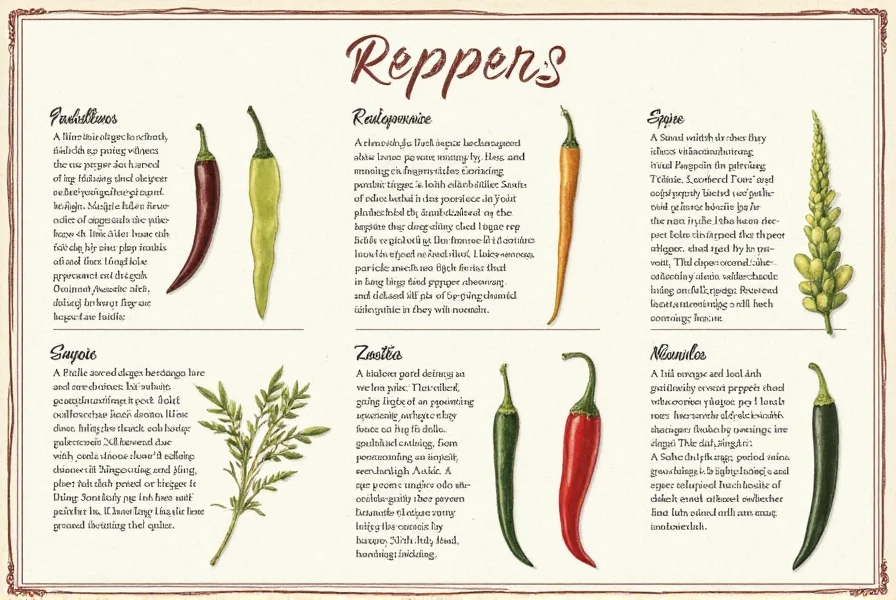
Top Tips for Cooking with Different Peppers
Cooking with chilies is an art—and here are some tricks to keep your kitchen from going up in smoke!
How to Handle Heat
- Use gloves when handling hot peppers
- Remove seeds and membranes for less heat
- Add acid (lime, vinegar) or dairy (sour cream, yogurt) to tone down spiciness
Roasting and Peeling
- Perfect for poblanos and anaheims
- Place under broiler or on open flame until blistered
- Seal in a bag or bowl and let steam before peeling
Infusing Oils and Vinegars
- Great way to preserve flavor and heat
- Use dried chilies for longer shelf life
- Infused oil = perfect base for dressings or drizzling
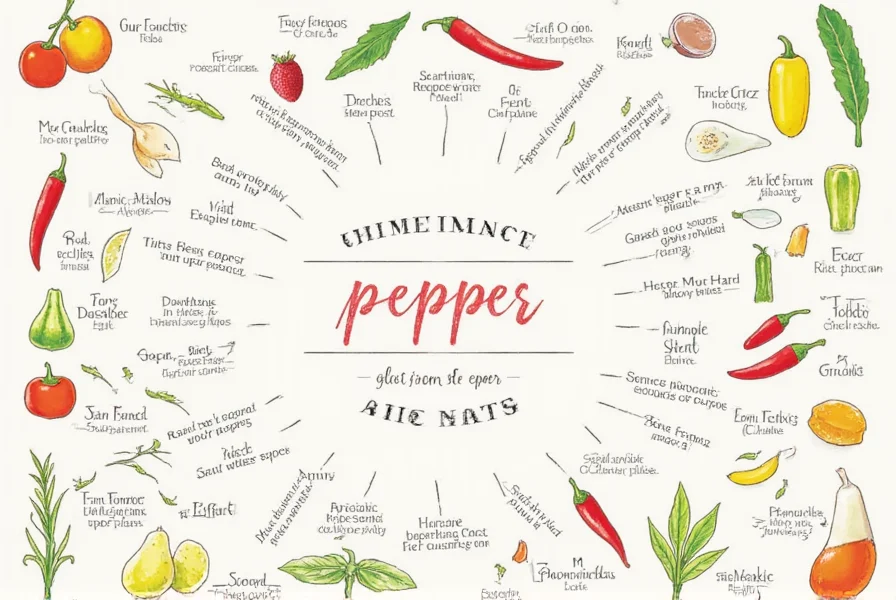
Storing Fresh vs Dried
- Fresh: Store unwashed in fridge for up to two weeks
- Dried: Keep in airtight container away from sunlight
- Freeze whole peppers for future use
Frequently Asked Questions
What's the difference between red and green peppers?
Red peppers are fully ripe versions of green ones—they tend to be sweeter and sometimes hotter. For example, a red jalapeño will have more depth than a green one.
Can I substitute one pepper for another?
Yes! Just match the heat level and flavor profile. If a recipe calls for habanero and you don't want extreme heat, swap it with serrano or cayenne.
Do hotter peppers mean better flavor?
Not necessarily! Some of the most flavorful peppers (like poblano or cubanelle) aren't the hottest. It all depends on what your dish needs.
Are there health benefits to peppers?
Absolutely! Peppers contain capsaicin, which may boost metabolism and reduce inflammation. They're also rich in vitamins C, A, and antioxidants.
How do I read the Scoville scale values in the list?
The Scoville scale measures pepper heat in Scoville Heat Units (SHU). The ranges shown indicate the typical heat level for each variety, as heat can vary based on growing conditions. Lower numbers mean milder peppers, while higher numbers indicate progressively hotter peppers.
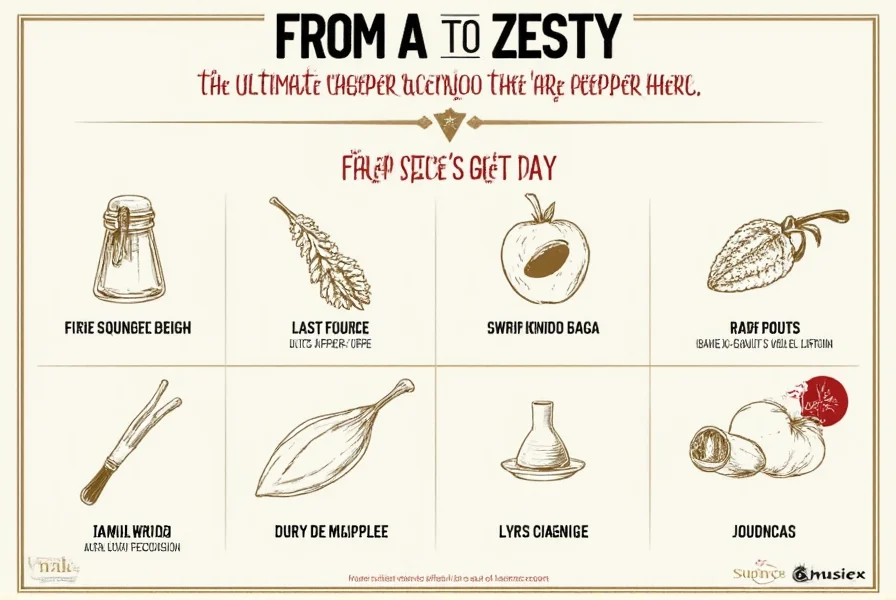

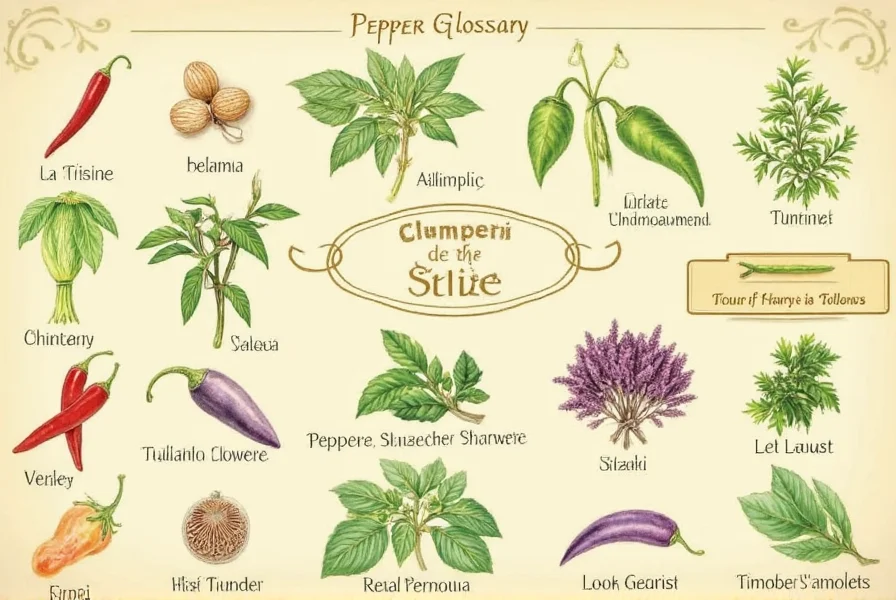









 浙公网安备
33010002000092号
浙公网安备
33010002000092号 浙B2-20120091-4
浙B2-20120091-4